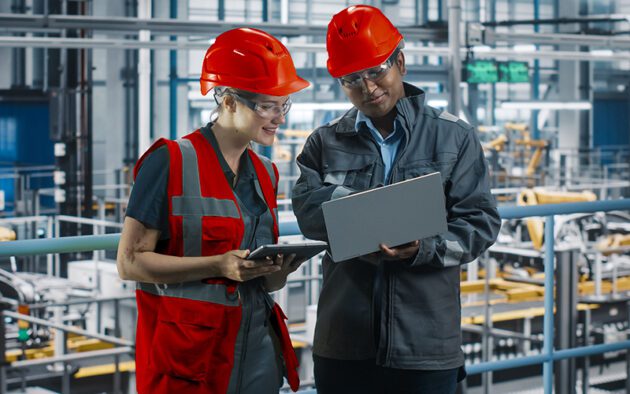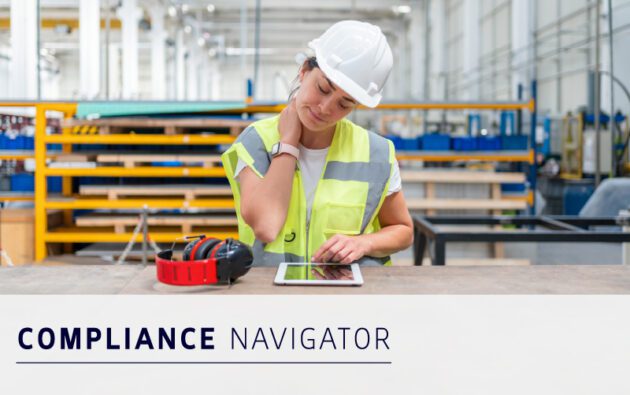This interview is an excerpt from our The Current State of the Global Manufacturing Workforce in 2025 and Beyond report and is part of our Modern Workforce Leader Series—Manufacturing Edition. Our talk with Dr. David Romero, a Professor of Advanced Manufacturing at Tecnológico de Monterrey, Mexico, and Scientific Vice-Chairman for the World Manufacturing Foundation, highlighted the workforce management challenges facing modern manufacturers. Romero offers strategies for adapting to new innovations amidst critical staffing shortages.
- What are the biggest workforce challenges currently facing the manufacturing sector?
The “social sustainability” of manufacturing is a concept I often emphasize. For some regions, like North America, the biggest hurdle starts with skills shortage—not just skill gaps—but the lack of people to be skilled in general, which stems from demographic shifts. We also face skill mismatch challenges; younger generations are drawn towards trendy new fields, leaving roles in traditional manufacturing industries critically understaffed.
Aligning the supply and demand of skilled workers in specific manufacturing industries is increasingly challenging, especially as Generation Z prioritizes work-life balance, sustainability, and making a positive impact on the planet and society. This must be addressed within the manufacturing sector.
- What are some strategies to address skill gaps and mismatches in manufacturing?
I rely on a framework I call “the CURE” to address these issues. It stands for Cross-skilling, Upskilling, Reskilling, and Expert skilling. This approach allows manufacturing industries to adapt their workforces. For example, cross-skilling lets us transition employees between fields, such as from automotive to aerospace, work mobility and polyvalence. Upskilling helps workers stay current with new methods, tools, and technologies.
Reskilling focuses on sharpening existing competencies, while expert skilling prepares specialists critical to industry innovation. Educational partnerships are crucial, and as a sector, we need to actively invest in robust ecosystems. Additionally, people analytics and forward talent planning are key to addressing the industry’s skills gap crisis.
- How are manufacturers adapting to innovation and investing in technology for the workforce?
Manufacturers are starting to use more and more digital and smart technologies to streamline operations and bolster workforce efficiency. For instance, augmented reality, artificial intelligence, and collaborative robotics are advancing across industries, aiding workers with the creation, display, and execution of standardized work instructions for enhancing work efficiency and consistency.
These advanced technologies also work to attract Gen Z and a younger demographic. That said, I see a gap in human resource management. While manufacturers invest heavily in frontline hardware and software innovations for production lines, HR departments are often left without the (people) analytical tools needed to forecast workforce needs or predict skill shortages and gaps. To stay competitive, manufacturing companies must empower their HR departments to think strategically and leverage data-driven insights to create and manage a talent pipeline.
- How can manufacturers prioritize human expertise alongside technological adoption?
At its core, success lies in empowering people to unlock the full potential of technology. Machines, robots, and artificial intelligence are merely tools; their true value is realized through the creativity, ingenuity, and expertise of those who operate them. When financial resources are limited, prioritizing talent investment over technology is a strategic imperative. While the cost of skilled labor rises over time and technology becomes more affordable, investing in scholarships, advanced degrees, and technical training programs embeds lasting value and supports a future-ready workforce.
See more strategies for overcoming workforce management challenges in our The Current State of the Global Manufacturing Workforce in 2025 and Beyond.




